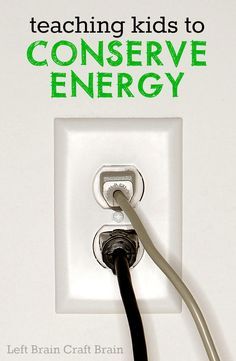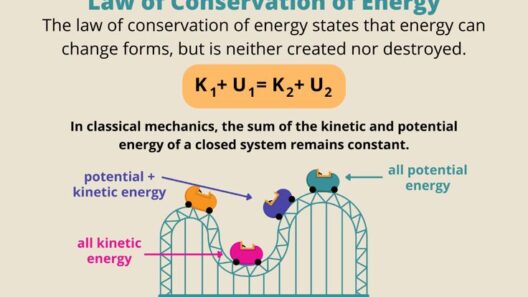In an era marked by rapid climate change and escalating environmental concerns, teaching our children about energy conservation has never been more critical. How can we inspire the next generation to become passionate eco-warriors? The journey toward understanding energy conservation can begin with simple yet profound lessons. This exploration not only fosters awareness but empowers young minds to take actionable steps toward a sustainable future.
The first step in this educational adventure is introducing the concept of energy itself. Energy is the invisible force that powers our homes, schools, and gadgets. But what if kids could see energy in a different way? Let’s pose a playful question: If energy were a superhero, what powers would it have? This fun exercise not only engages their imagination but lays the groundwork for deeper discussions about renewable and non-renewable energy sources. Children may begin to understand that, like superheroes, energy can both create and consume, illuminate and obscure.
Once the concept of energy is established, it’s essential to explain why conservation matters. Children may not grasp the looming threats of climate change at first, but they can understand simple cause and effect. Explaining how using too much energy leads to negative consequences for the environment can set the stage for eco-conscious thinking. Present them with an engaging challenge: “Can you listen to your favorite song while making sure your lights are off?” Children often require tangible examples to comprehend abstract ideas, and this small test can lay the groundwork for lifelong habits.
Next, it’s time to instill practical habits. Encourage kids to establish routines that exemplify energy-saving behaviors. Starting with the home, explain how turning off unnecessary lights and unplugging devices that are not in use can make a significant difference. Play a game where they earn points or rewards for every light they turn off or device they unplug. Gamifying energy conservation can transform mundane tasks into an exciting scavenger hunt for young minds.
Another intriguing aspect of energy conservation is how it varies seasonally. From warm summer days to the frigid chill of winter, each season offers a unique context for energy-saving strategies. For instance, in the summer, parents and kids can explore how using shades or curtains during the hottest part of the day can keep homes cooler. In winter, wrapping up warm instead of cranking up the heating can become a family tradition. Formulating a fun seasonal energy challenge can nurture an awareness of how changes in the environment impact energy use.
Moreover, teaching kids about alternative energy sources such as solar, wind, and hydro can broaden their understanding. Organize science experiments that explore how these energy sources work. For example, building a simple solar oven out of a cardboard box and tin foil can be an exhilarating way to demonstrate solar power’s capabilities. Pose the question: “Can we cook without using our stove this weekend?” Not only does this seek their participation, but it also reinforces their learning through active engagement.
To further deepen understanding, it can be beneficial to connect energy conservation to economics. Kids may find it fascinating that energy costs money. Talk about how saving energy can lead to saving money on utility bills. Create a budget challenge, perhaps: “How much can we save on our electric bill this month?” This teaches kids that energy conservation isn’t just environmentally friendly, but also economically prudent.
Collaboration plays a crucial role in instilling a sense of community around energy conservation. Encourage children to work together on projects that promote energy efficiency, such as creating posters advocating for lower energy use at school or home. Invite kids to participate in community initiatives, like tree planting, which not only helps in sequestering carbon dioxide but also emphasizes the importance of taking collective action toward climate responsibility. Challenge them to consider: “In what ways can we influence our community to be more energy-efficient?”
Another engaging way to instill eco-friendly habits is through storytelling. Children often connect intricately with characters and narratives. Craft tales featuring heroes who save their communities by using less energy, or include fictional adversaries whose actions harm the environment. These narratives serve to instill empathy and urgency around the subject matter, motivating children to act. Invite them to create their own stories highlighting their eco-heroics. How would they save energy? What kind of adventures would ensue?
Bring the journey full circle by encouraging families to discuss their own energy use. Setting goals together can be empowering. Have family meetings to brainstorm new ideas on how to conserve energy, such as using energy-efficient bulbs or introducing a bike-to-school day. Introduce a flair of competition by tracking progress towards energy-saving goals—whoever innovates the most efficient habits could earn a special outing or treat. By fostering a collaborative environment that invites input and celebrates achievements, children will draw lasting connections to eco-friendly practices.
In conclusion, empowering children to become staunch advocates for energy conservation is a vital endeavor in today’s climate. By integrating playful questions, practical applications, and collaborative efforts into their learning, we can transform kids into passionate eco-heroes. The world needs such heroes now more than ever, and the seeds of change are best sown in the fertile minds of the young.








